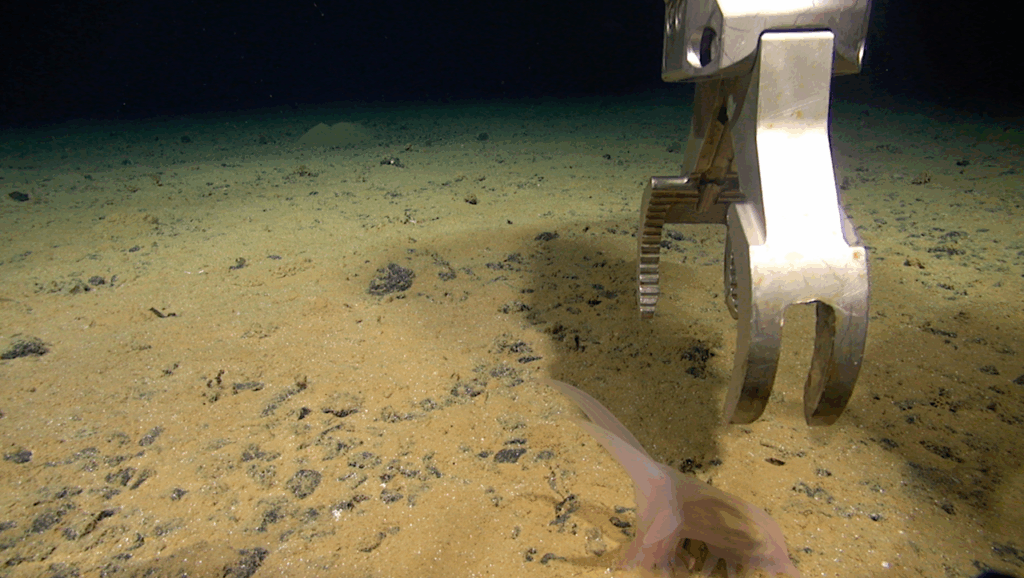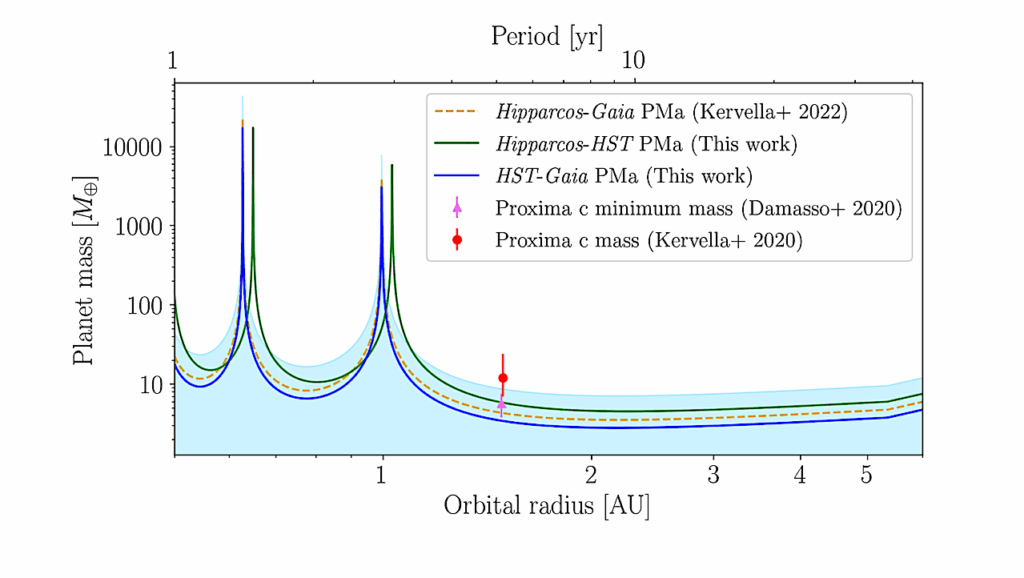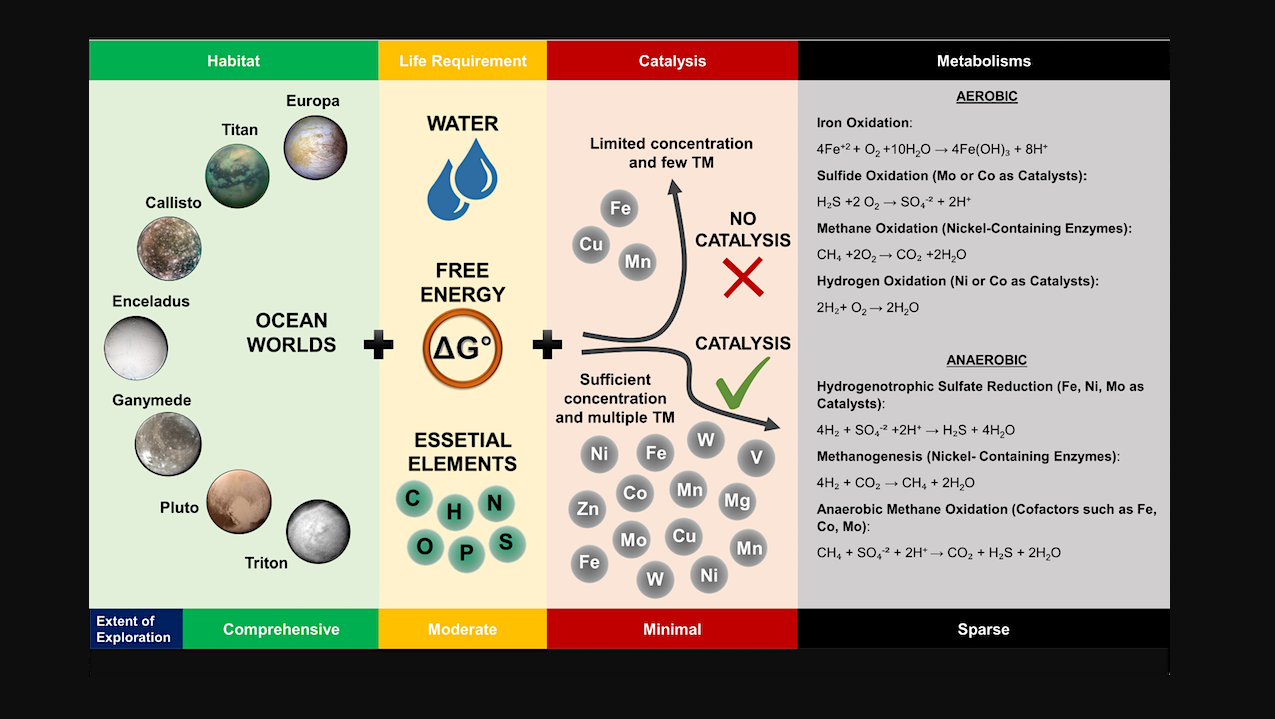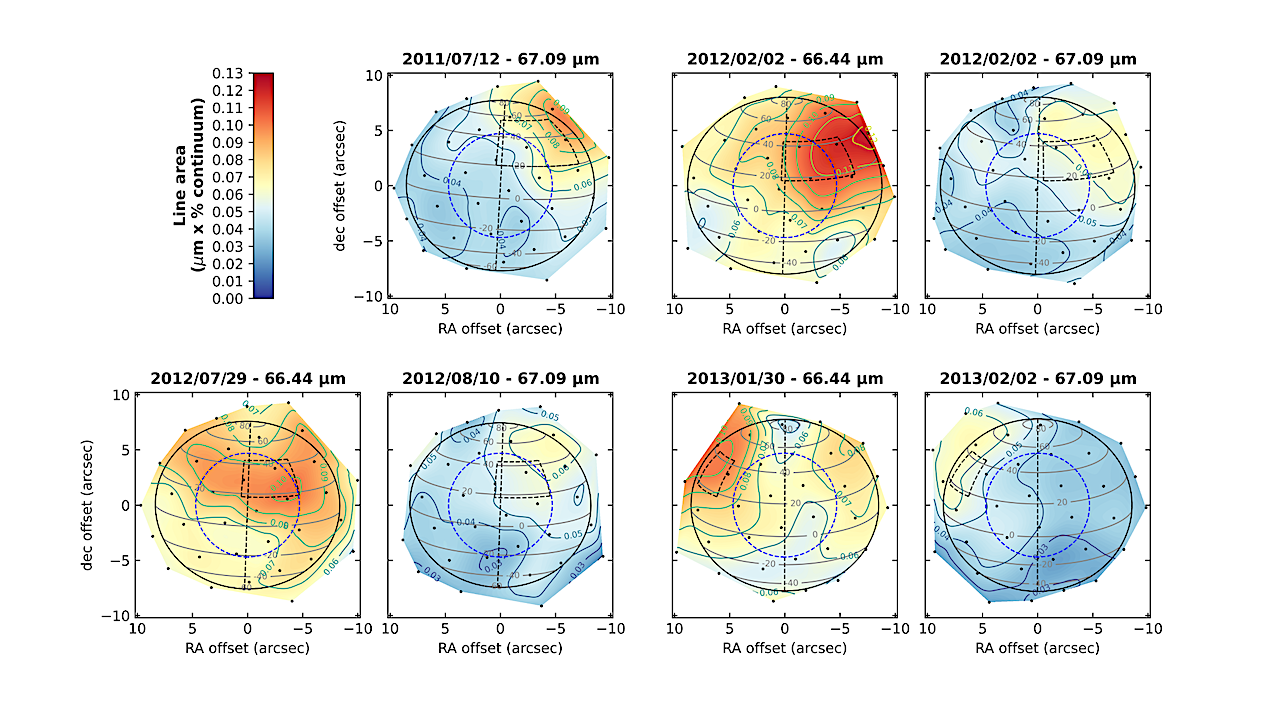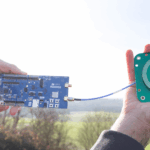Now Reading: Measuring Interstellar Carbon Abundance via 158 um [CII] Absorption with SOFIA
-
01
Measuring Interstellar Carbon Abundance via 158 um [CII] Absorption with SOFIA
Measuring Interstellar Carbon Abundance via 158 um [CII] Absorption with SOFIA
![Measuring Interstellar Carbon Abundance via 158 um [CII] Absorption with SOFIA](https://flyingtomars.com/wp-content/uploads/2025/05/measuring-interstellar-carbon-abundance-via-158-um-cii-absorption-with-sofia.png)
![Measuring Interstellar Carbon Abundance via 158 um [CII] Absorption with SOFIA](https://astrobiology.com/wp-content/uploads/2025/05/Measuring-Interstellar-Carbon-Abundance.png)
Plot of predicted peak [Cii] absorption opacity, τ (peak) [CII] , that would be observed at instrumental velocity resolution, against the integration time required to detect that absorption at S/N = 10. Points are plotted for FIRSST, PRIMA, SALTUS, and Origins proposed FIR telescopes. For each telescope, we plot values corresponding to the 402 diffuse-ISM candidate sightlines identified in Section 2.2.. Additionally highlighted is the region of parameter space occupied by the 3 sightlines targeted by our SOFIA-upGREAT study; these values correspond to the predicted/notional values given in Table 1 (as both observed sightlines returned null results, due to instrumental or astrophysical artefacts). We mark the parameter space where observations should be most plausible (as discussed in Section 5). Integration times incorporate any additional time required or sky observations of off positions either side of the target sightline. — astro-ph.GA
Carbon plays key roles in the InterStellar Medium (ISM) — as a constituent of dust, as the carrier of the dominant far-infrared cooling line, and as a component of various important molecules.
But despite this, there are very few measurements of the abundance and depletion of carbon in the diffuse ISM. As with other elements, these measurements are traditionally performed in the ultraviolet. But for carbon, such measurements are extremely difficult, and less than 20 have been reported in the literature to date.
Here, we present a novel method of measuring the abundance and depletion of carbon in the diffuse ISM: by observing absorption of the 158 μm [CII] line in the far-infrared. We present a catalog of 432 candidate sightlines that use bright nearby galaxies as background sources, and predict the [CII] absorption expected towards each.
We conducted a pilot study using SOFIA, targeting sightlines towards the galaxies IC342 and Circinus. We report a potential detection of Galactic [CII] absorption along the IC342 sightline, although it requires disentangling [CII] emission from IC342 itself. The Circinus sightline had an insufficiently stable instrumental baseline to allow a detection.
This SOFIA study informs the prospects for [CII] absorption measurements with future facilities. To that end, we explore the potential for four proposed future FIR telescopes — PRIMA, FIRSST, SALTUS, and Origins — to detect [CII] absorption. We find that all four facilities would be able to detect [CII] absorption along a significant number of sightlines.
Measuring Interstellar Carbon Abundance via 158 um [CII] Absorption with SOFIA — A Potential Detection, and Proof-of-Concept for Depletion Studies with Future Far-IR Facilities
Christopher J. R. Clark, Julia. C. Roman-Duval, Suzanne C. Madden Marc Mertens, Claire E. Murray, Jürgen Stutzki, Elizabeth Tarantino, and Kirill Tchernyshyov
Comments: Accepted for publication in the Astronomical Journal (machine-readable versions of data tables to be linked to upon final publication by journal)
Subjects: Astrophysics of Galaxies (astro-ph.GA); Instrumentation and Methods for Astrophysics (astro-ph.IM)
Cite as: arXiv:2505.02748 [astro-ph.GA] (or arXiv:2505.02748v1 [astro-ph.GA] for this version)
https://doi.org/10.48550/arXiv.2505.02748
Focus to learn more
Submission history
From: Christopher Clark
[v1] Mon, 5 May 2025 15:58:33 UTC (3,711 KB)
https://arxiv.org/abs/2505.02748
Astrobiology, Astrochemistry,
Stay Informed With the Latest & Most Important News
-
 012024 in Review: Highlights from NASA in Silicon Valley
012024 in Review: Highlights from NASA in Silicon Valley -
 02Panasonic Leica Summilux DG 15mm f/1.7 ASPH review
02Panasonic Leica Summilux DG 15mm f/1.7 ASPH review -
 03From Polymerization-Enabled Folding and Assembly to Chemical Evolution: Key Processes for Emergence of Functional Polymers in the Origin of Life
03From Polymerization-Enabled Folding and Assembly to Chemical Evolution: Key Processes for Emergence of Functional Polymers in the Origin of Life -
 04How New NASA, India Earth Satellite NISAR Will See Earth
04How New NASA, India Earth Satellite NISAR Will See Earth -
 05And Thus Begins A New Year For Life On Earth
05And Thus Begins A New Year For Life On Earth -
 06Astronomy Activation Ambassadors: A New Era
06Astronomy Activation Ambassadors: A New Era -
07SpaceX launch surge helps set new global launch record in 2024













